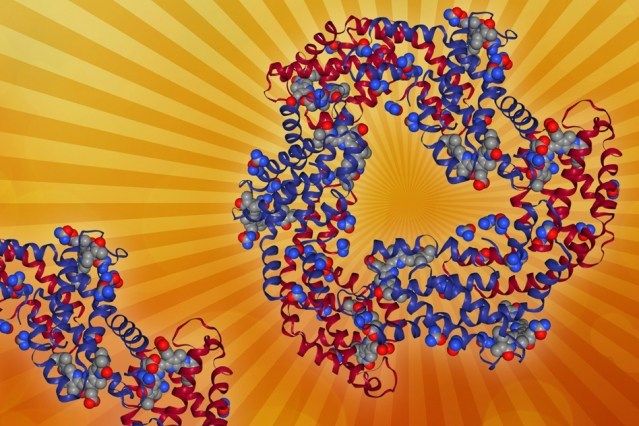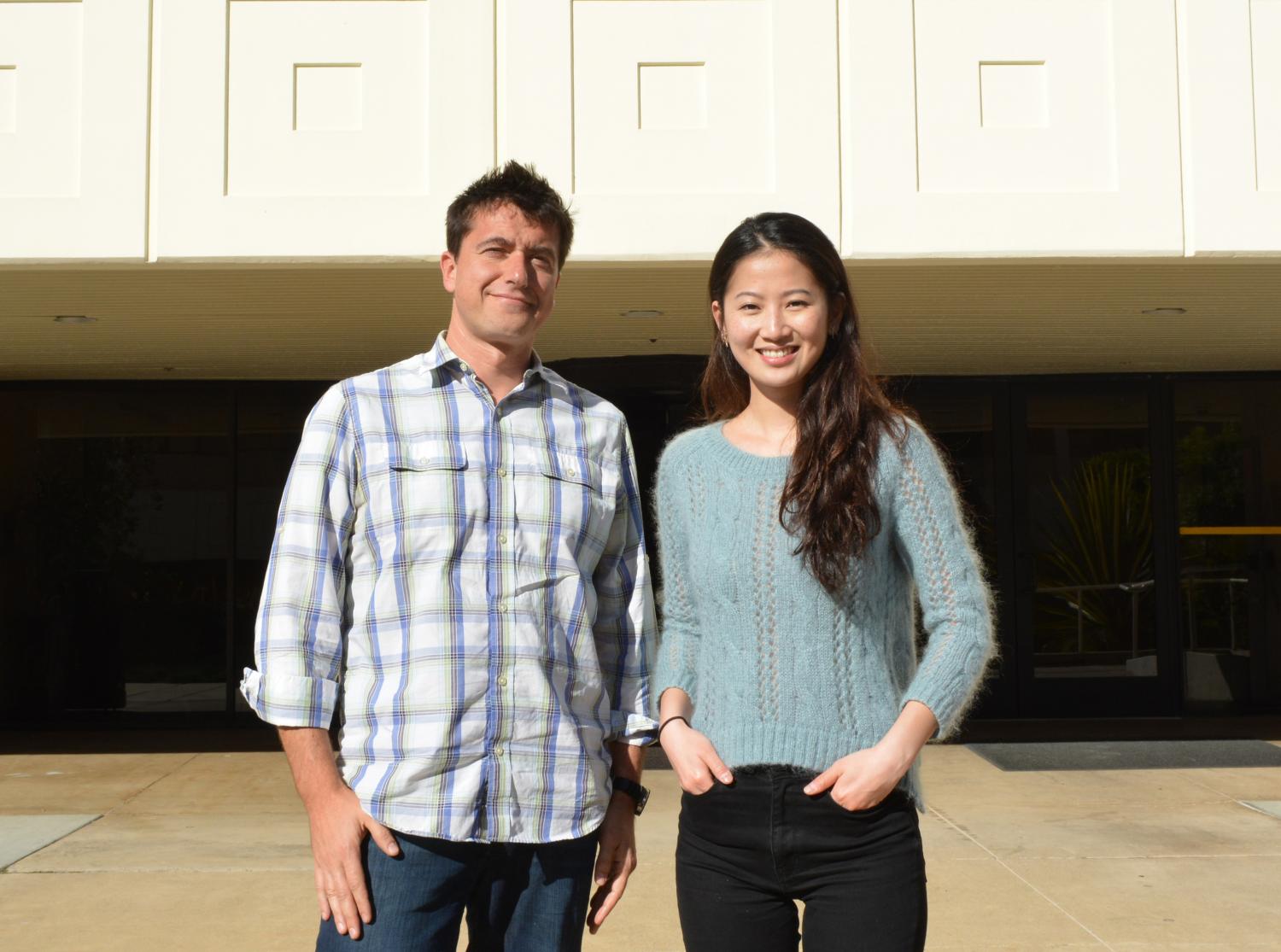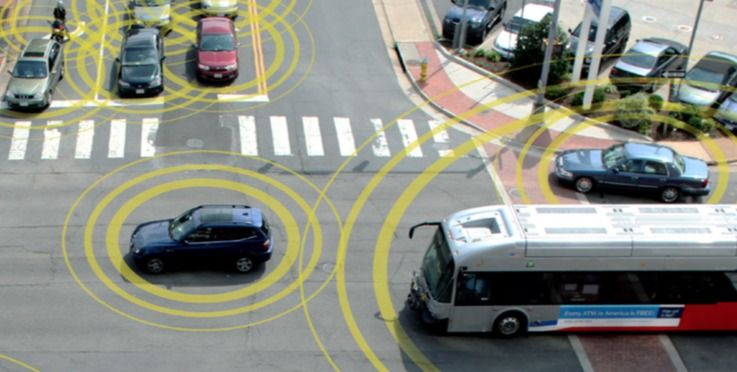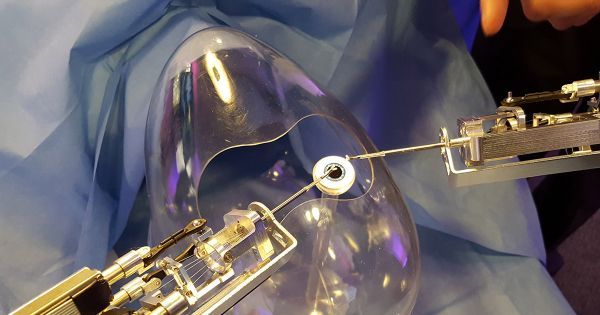Jan 12, 2017
How Photosynthetic Pigments Harvest Light
Posted by Karen Hurst in categories: solar power, sustainability
Harvesting light.
Plants and other photosynthetic organisms use a wide variety of pigments to absorb different wavelengths of light. MIT researchers have now developed a theoretical model to predict the spectrum of light absorbed by aggregates of these pigments, based on their structure.
The new model could help guide scientists in designing new types of solar cells made of organic materials that efficiently capture light and funnel the light-induced excitation, according to the researchers.
Continue reading “How Photosynthetic Pigments Harvest Light” »
















